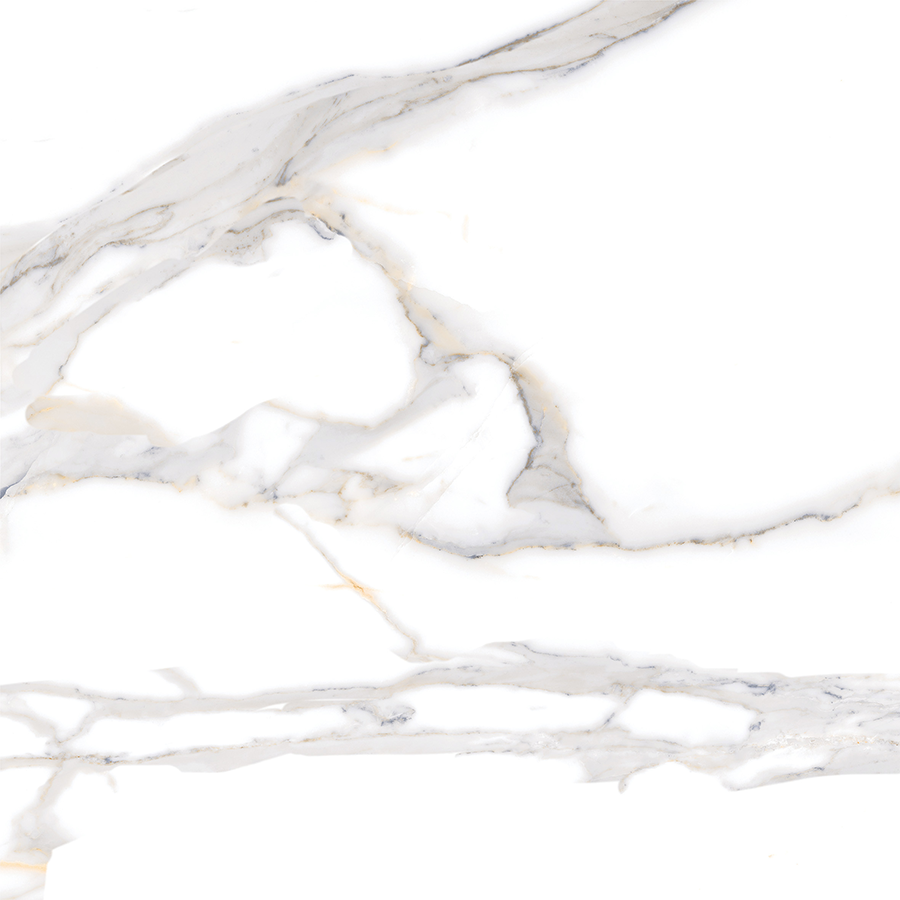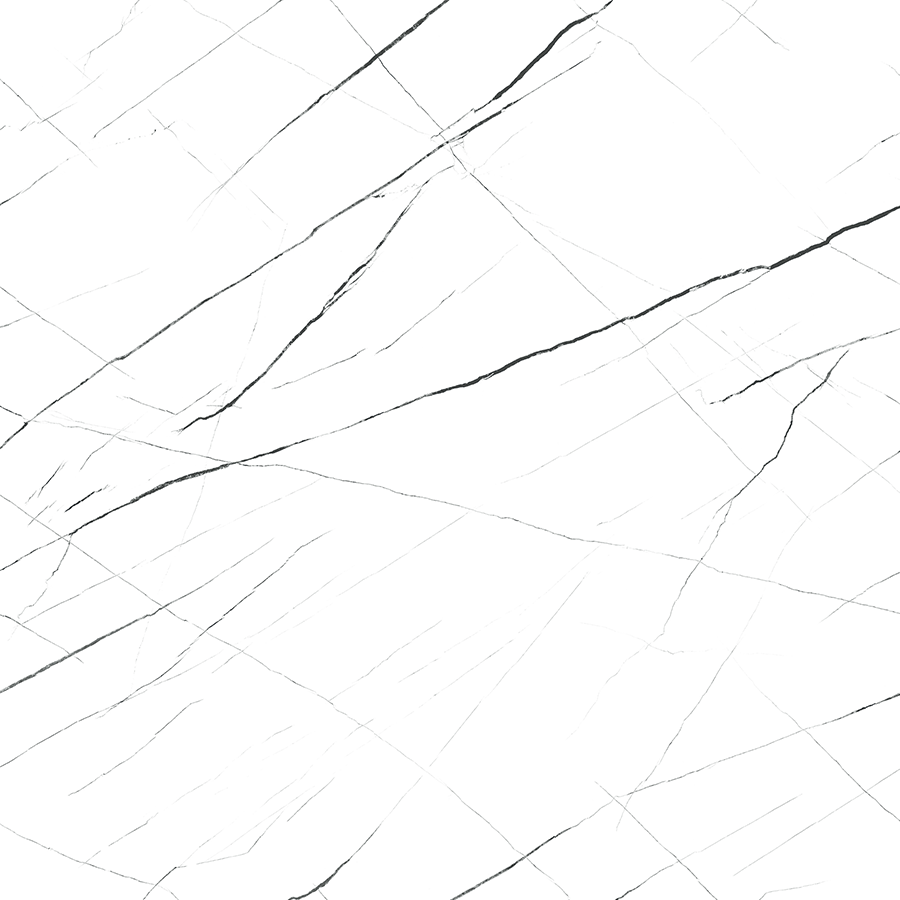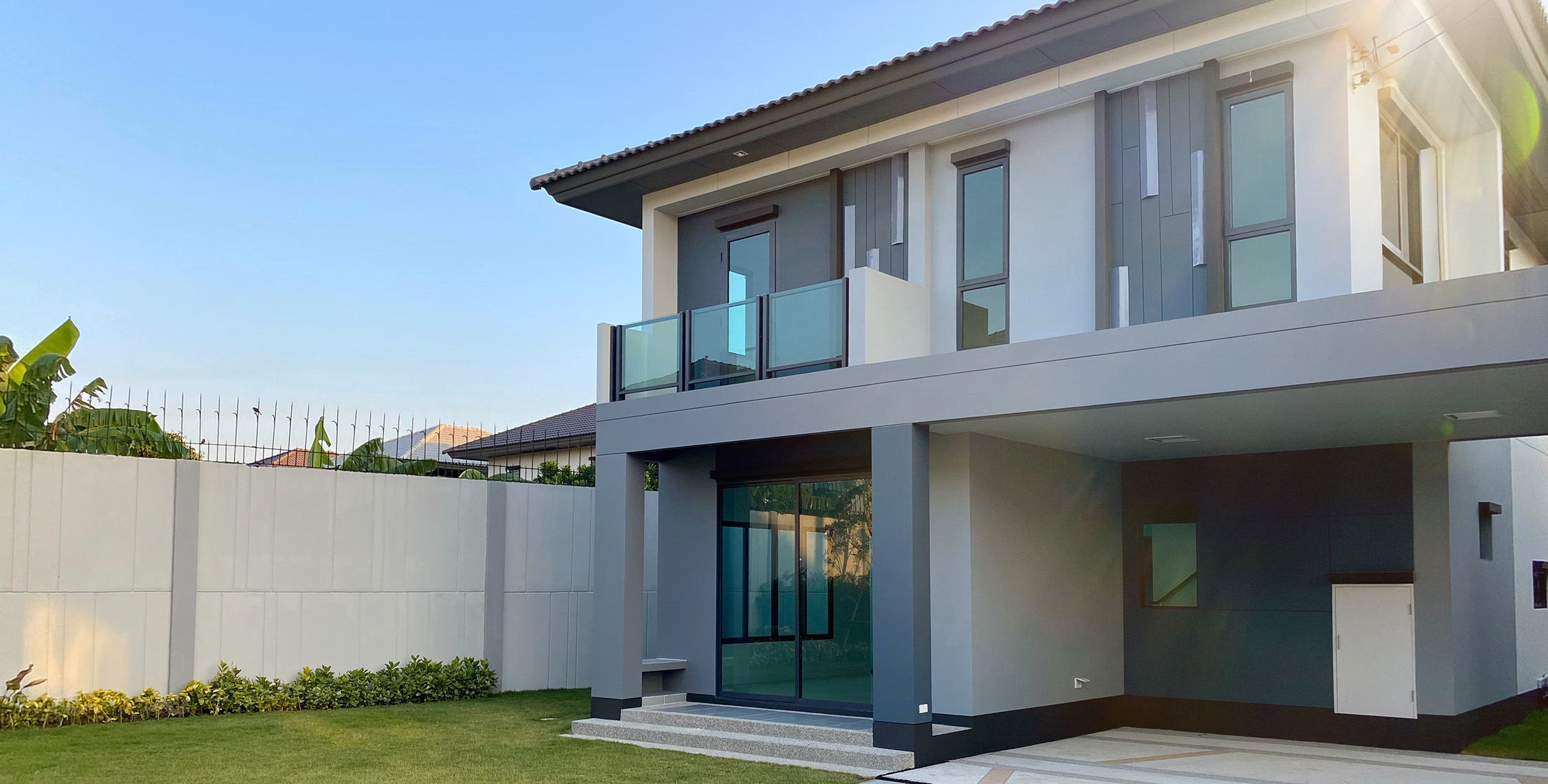
Photo By Rumah Neo Klasik
Looking to have a majestic and elegant home? Neo-classical architecture could be the right choice. With distinctive elements such as sturdy columns, symmetrical facades, and the use of high-quality materials, this architectural style creates a luxurious and timeless impression for any building.
Let’s explore the charm of neo-classical architecture and how this style can be applied to modern home designs.
What is Neo-Classical Architecture?
Neo-classical architecture is a building style that emerged in the mid-18th century, reflecting a desire to return to the roots of classical beauty. The grandeur and simplicity of ancient Roman and Greek architecture inspire this design.
Neo-classical architecture does not merely replicate the forms of ancient buildings but also adopts the underlying design principles. The concepts of proportion, symmetry, and the use of decorative elements such as columns, arches, and pediments are characteristic features of this style. Renowned architects like Andrea Palladio have played a crucial role in the development of neo-classical architecture.
The neo-classical architecture itself is an adaptation of classical architecture, which refers to the original styles of ancient Greece and Rome, focusing on the originality of structure and monumental elements like Doric, Ionic, and Corinthian columns, with distinct detailing.
Characteristics of Neo-Classical Architecture
Neo-classical architecture is known for its clean, orderly, and elegant appearance. Buildings in this style often feature symmetrical facades, appearing as if divided into two identical sections. The use of straight, bold lines creates a sense of strength and permanence.
One of the most prominent elements of neo-classical architecture is the free-standing columns. These columns not only serve as supports but also act as decorative elements that convey grandeur and authority.
The facades of neo-classical buildings tend to be flat and elongated, with simple shapes that create a sense of spaciousness and openness. Decorative details such as ornaments, carvings, and reliefs often adorn specific parts of the building while maintaining a cohesive classical style. Neutral colors such as white, cream, or gray further enhance the elegant and timeless impression of neo-classical architecture.
Neo-Classical Furniture Selection
Neo-classical furniture typically features simple yet elegant designs with clean lines and regular geometric shapes. The use of dark wood materials such as mahogany or walnut imparts a classic and luxurious feel to the room. These woods are often carved with simple yet elegant motifs, such as leaves or straight lines.
For flooring, materials like granite are popular choices in neo-classical architecture, offering a luxurious and durable finish. Persian rugs are also commonly used, particularly to add warmth and comfort to the space.
Examples of Neo-Classical Design
Here are examples of interior and exterior designs of homes in neo-classical architectural style:
Lincoln Memorial
One of the most iconic examples of neo-classical architecture is the Lincoln Memorial, located in Washington D.C., United States. This monumental structure was built as a tribute to President Abraham Lincoln. The neo-classical design is clearly evident in the row of sturdy columns surrounding the main building. These columns impart a sense of grandeur and authority, characteristic of the neo-classical style. The facade of the Lincoln Memorial is also dominated by straight lines and simple geometric shapes, reinforcing the classic and timeless impression.
The White House
The White House is one of the most famous landmarks in the United States. Built at the end of the 18th century, this magnificent structure adopts a distinctive neo-classical style. Features of neo-classical architecture, such as the sturdy Doric columns and symmetrical facade, are clearly evident, creating a strong, stable, and timeless impression.
The use of granite in the White House further enhances the classic and luxurious feel. Granite, with its distinctive natural texture and color, provides an elegant and durable appearance. If you want to bring a neo-classical ambiance to your home, MAGIA Granite could be the perfect choice. With a variety of classic tile options available, you can create an authentic look that suits your personal taste.
Buckingham Palace
Buckingham Palace, majestically located in London, England, has been a symbol of power and elegance of the British monarchy for centuries. Built in 1703 and officially becoming the royal residence in 1837, the palace is a perfect example of the application of neo-classical style.
One of the most striking features of neo-classical design in Buckingham Palace is the use of strong columns surrounding the building. These columns not only support the structure but also serve as decorative elements that convey grandeur and authority. Additionally, the use of natural stone and granite on the building's facade further enhances the luxurious and elegant appearance. These natural materials are not only durable but also provide unique textures and colors, adding depth to the overall look of the palace.
By combining classical elements with modern touches, neo-classical architecture can create a timeless and elegant home design. To achieve your dream home with a stunning architectural style, it is essential to consider the selection of materials, decorative details, and the right furniture. MAGIA Granite can be an ideal choice to complement this design. MAGIA Granite adds a luxurious and lasting impression to your neo-classical home, creating a perfect harmony between classical elegance and modernity.
Popular Collections








